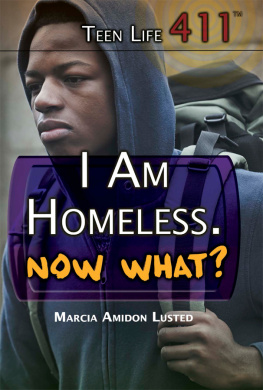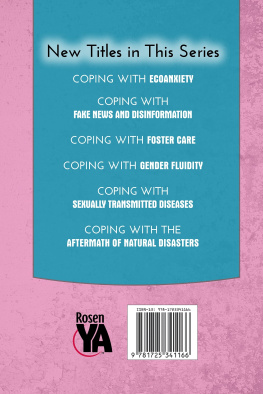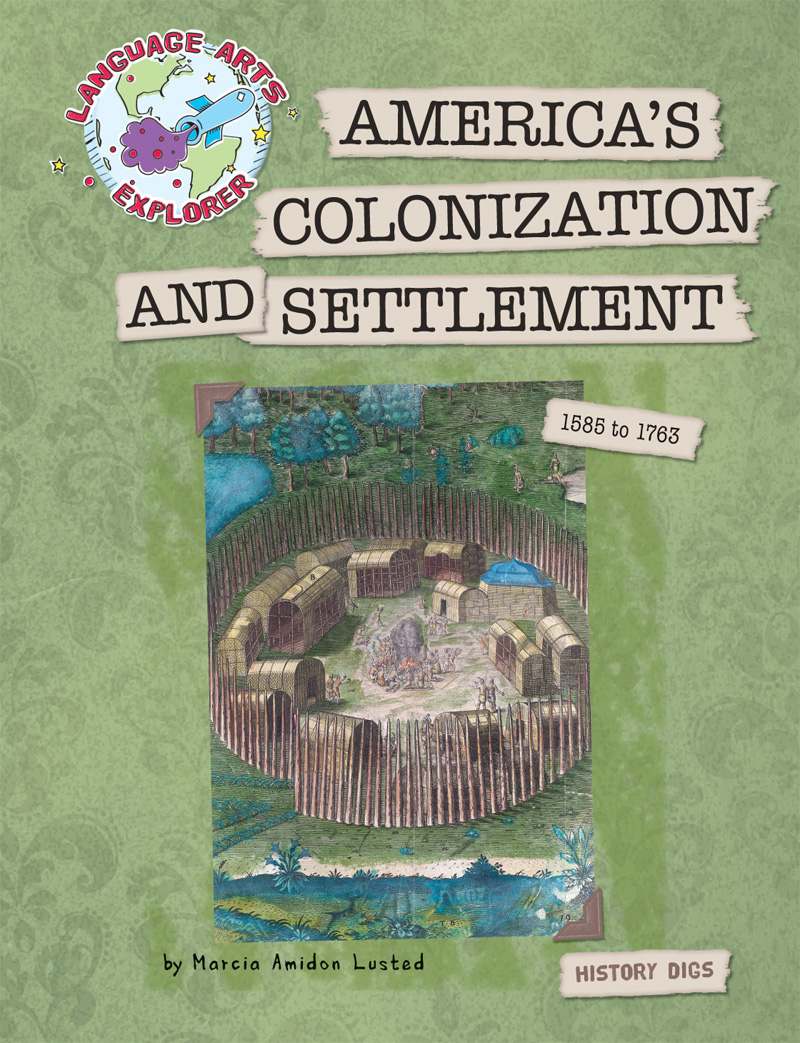

Published in the United States of America
by Cherry Lake Publishing
Ann Arbor, Michigan
www.cherrylakepublishing.com
Printed in the United States of America
Corporate Graphics Inc
September 2011
CLFA09
Consultants: Brett Barker, associate professor of history, University of WisconsinMarathon County; Gail Saunders-Smith, associate professor of literacy, Beeghly College of Education, Youngstown State University
Editorial direction:
Rebecca Rowell
Series design and cover production:
Marie Tupy
Interior production:
Craig Hinton
Photo credits: The British Library/Heritage-Images, cover, 1; Amy Riley/iStockphoto, 5, 19; North Wind Picture Archives, 7, 11, 18, 21; Gina Groves/iStockphoto, 9; Andrew F. Kazmierski/ Shutterstock Images, 13; Shutterstock Images, 14; Brianna May/iStockphoto, 16; Red Line Editorial, Inc., 25; Kenneth Wiedemann/iStockphoto, 27; iStockphoto, 30
Copyright 2012 by Cherry Lake Publishing
All rights reserved. No part of this book may be reproduced or utilized in any form or by any means without written permission from the publisher.
Library of Congress Cataloging-in-Publication Data
Lsted, Marcia Amidon.
Americas colonization and settlement / by Marcia Amidon Lsted.
p. cm. (Language arts explorer. History digs.)
Includes bibliographical references. ISBN 978-1-61080-194-2 ISBN 978-1-61080-282-6 (pbk.)
1. United StatesHistoryColonial period, ca. 1600-1775Juvenile literature. 2. United StatesSocial life and customsTo 1775Juvenile literature. 3. Community lifeUnited StatesHistoryJuvenile literature. 4. City and town lifeUnited StatesHistoryJuvenile literature. I. Title. E188.L95 2011
973.2dc22
2011015119
Cherry Lake Publishing would like to acknowledge the work of The Partnership for 21st Century Skills. Please visit www.21stCenturySkills.org for more information.
TABLE OF CONTENTS
You are being given a mission. The facts in What You Know will help you accomplish it. Remember the clues from What You Know while you are reading the story. The clues and the story will help you answer the questions at the end of the book. Have fun on this adventure!
YOUR MISSION
Your mission is to learn to think like a historian. What tools do historians use to research the past? What kinds of questions do they ask, and where do they look for answers? On this assignment, your goal is to investigate U.S. history between 1585 and 1763. This was a time when the United States was not a nation but a group of colonies that belonged to England. Find out about colonial America. How was life in colonial times different from life today? What was life like for children? What types of jobs did people do? What can you learn about the past from artifacts of the time? As you read, keep What You Know in mind.
WHAT YOU KNOW
 There are living history museums that show what life was like in a colonial town in the early eighteenth century.
There are living history museums that show what life was like in a colonial town in the early eighteenth century.
 Many types of people lived in colonial towns, including merchants, apprentices, indentured servants, and slaves.
Many types of people lived in colonial towns, including merchants, apprentices, indentured servants, and slaves.
 The first English settlement in America that survived was Jamestown. It was located in what is now the state of Virginia. Archaeologists discovered much of what we know about life in Jamestown.
The first English settlement in America that survived was Jamestown. It was located in what is now the state of Virginia. Archaeologists discovered much of what we know about life in Jamestown.
 Slavery began in the colonies because plantation owners wanted workers for their fields.
Slavery began in the colonies because plantation owners wanted workers for their fields.

This is a replica of a traditional Pilgrim settlers home at Plimoth Plantation in Plymouth, Massachusetts.
Use this book to explore history in ways a historian might. Read the following journal to discover what one student learned about this time period during a visit to a living history museum.
Entry 1:
STEPPING BACK IN TIME
My family is on vacation in Virginia. I walk through the gates of Colonial Smithtown with my family and feel as though I have stepped back in time. Its amazing!
Experiencing a Living History Museum
There are horses and carts, and there are people dressed in colonial clothes. They arent dressed like us. Only other visitors are dressed like us, in modern clothes. Boys are playing on a large green lawn in front of a big white church. The boys are wearing pants with suspenders and funny hats that have three corners. There are some girls in long dresses and white caps, but they arent running around and playing like the boys.
LIVING HISTORY MUSEUMS
There are many living history museums in the United States. You can visit them to find out more about what life was like in a particular time. They also preserve many important buildings and artifacts from the past. Some people visit these museums to do research. Colonial museums of this type include Jamestown Settlement and Colonial Williamsburg in Virginia and Old Sturbridge Village and Plimoth Plantation in Massachusetts. In the Midwest, many living history museums focus on pioneers from the nineteenth century. Fort Snelling in Minnesota presents life in the 1820s in a frontier military fort. Old World Wisconsin highlights the experiences of immigrant farmers in the late nineteenth century.

Artists often depict scenes from life. This image shows colonists on an old Jamestown street, Virginia Colony, in the 1600s.
There are many buildings. Some of them are more than 300 years old! But there arent any electrical wires, telephones, cars, or indoor bathrooms! I think it would have been a hard life.
Smithtown seems as big as any regular small town today. The streets arent paved, though. They are dirt. I see some places where people can tie their horses. Big puffs of dust follow the horses hooves as they plod along pulling buggies and wagons.
All the buildings at Colonial Smithtown are made of brick or wood and have small windows. The buildings themselves seem small. Most of the houses have a garden and lots of animals. Stray dogs are running everywhere, and cats slip through fencesmaybe to avoid the dogs. I hear chickens clucking and cows mooing. I wrinkle my nose because it smells like manure!
History Interpreter
A woman is sitting in front of one of the buildings. She is wearing a fancy dress. I walk over to her as she talks to another visitor. Shes pretending to be a woman named Mrs. Smith, the wife of Smithtowns mayor. Mom says these people are called interpreters. They answer peoples questions and tell them things about Smithtown, its history, and what life is like there. I think it would be fun to do that.
















 There are living history museums that show what life was like in a colonial town in the early eighteenth century.
There are living history museums that show what life was like in a colonial town in the early eighteenth century.
